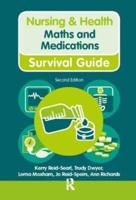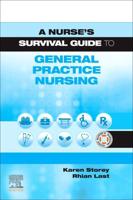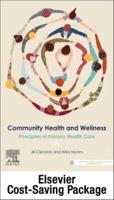Publisher's Synopsis
According to the Center for Research and Epidemiology of Disasters, the frequency and severity of disasters has increased over 300% in the last decade. Healthcare systems and individual healthcare practitioners, including nurses, are now fulfilling multiple roles in disaster preparedness in the whole of community: planning, preparedness, risk identification, mitigation, response and recovery. Nurses are considered first responders for biological events or when the disaster occurs where they are working. Nurses act as first receivers when accepting patients/victims for care whose injuries result from non-biological events occurring outside the nurse's workplace. The vast majority of practicing nurses received no disaster preparedness education in their basic nursing education program. Nurses graduating in the 21st century are exposed to some of the concepts of disaster nursing but have little experience unless there is a disaster or emergency where they work or go to school. Readers will be updated on this topic because articles in this edition demonstrate a vast array of implications for nurses in disaster preparedness around the world: chemical, biological, radiological/nuclear, explosives (CBRNE); natural disasters; new models of training and educating nurses for disasters, military nurse response, mental health issues as well as non-government organizations.












